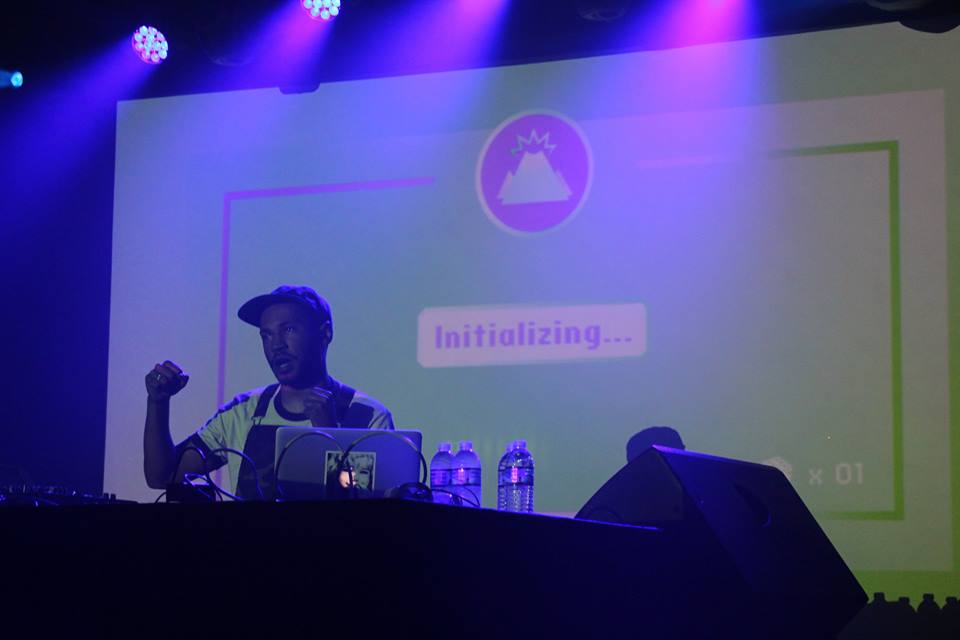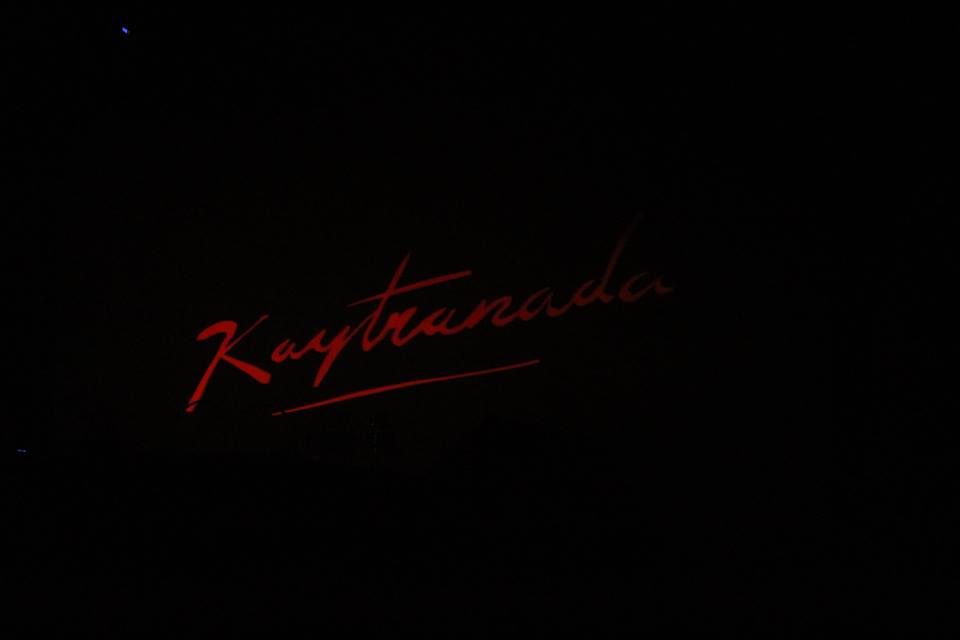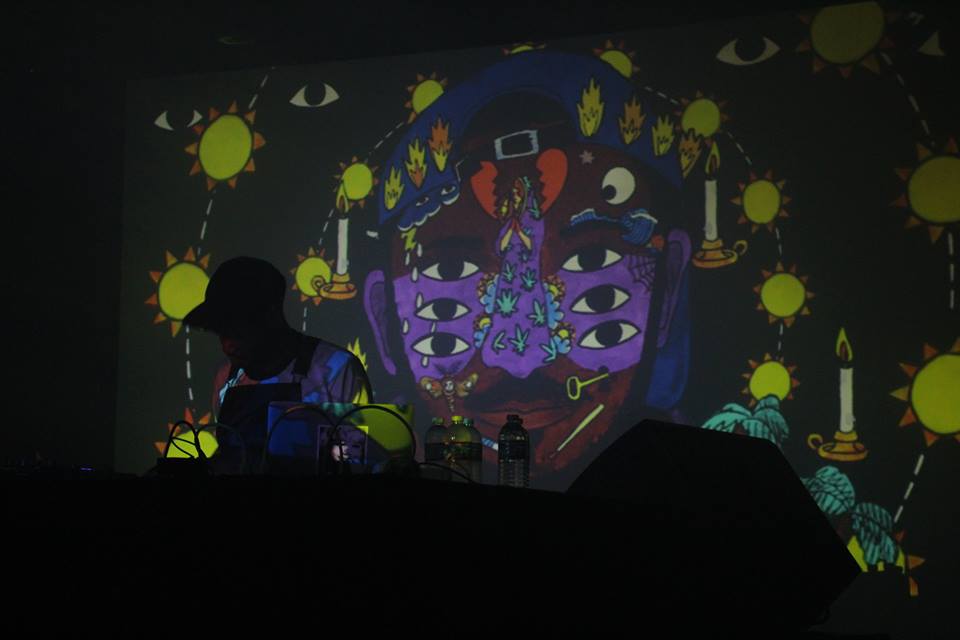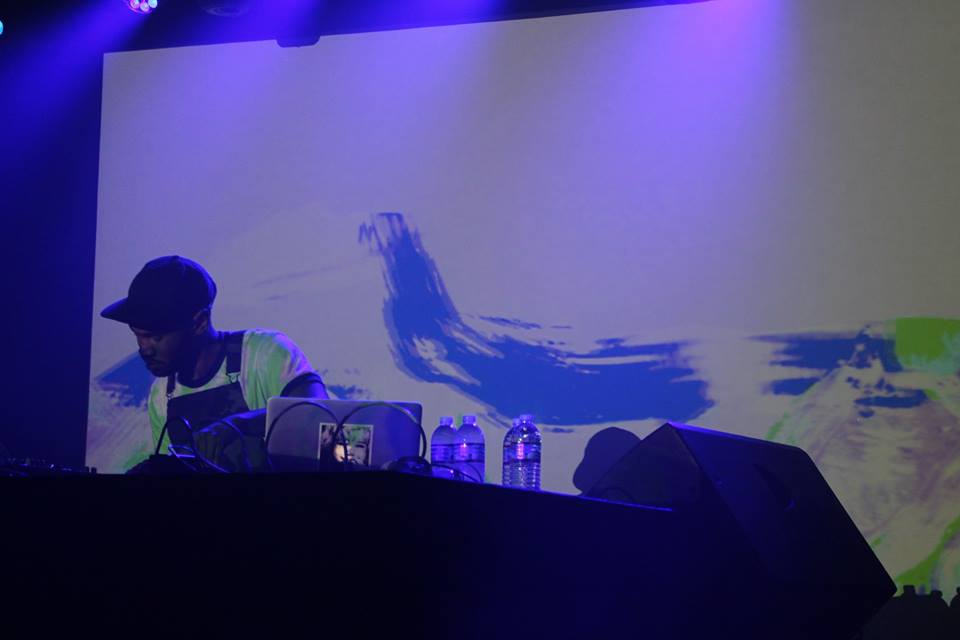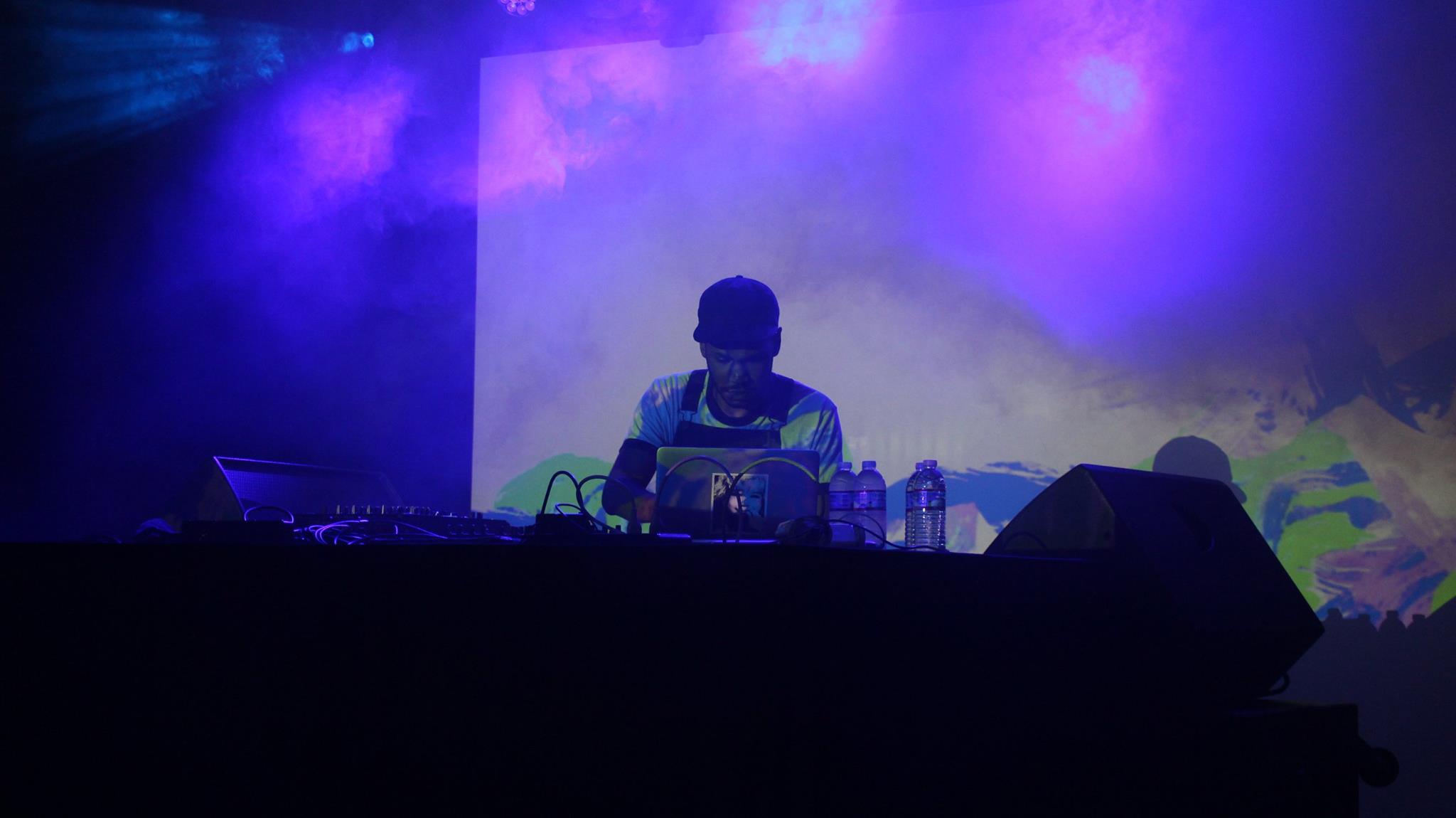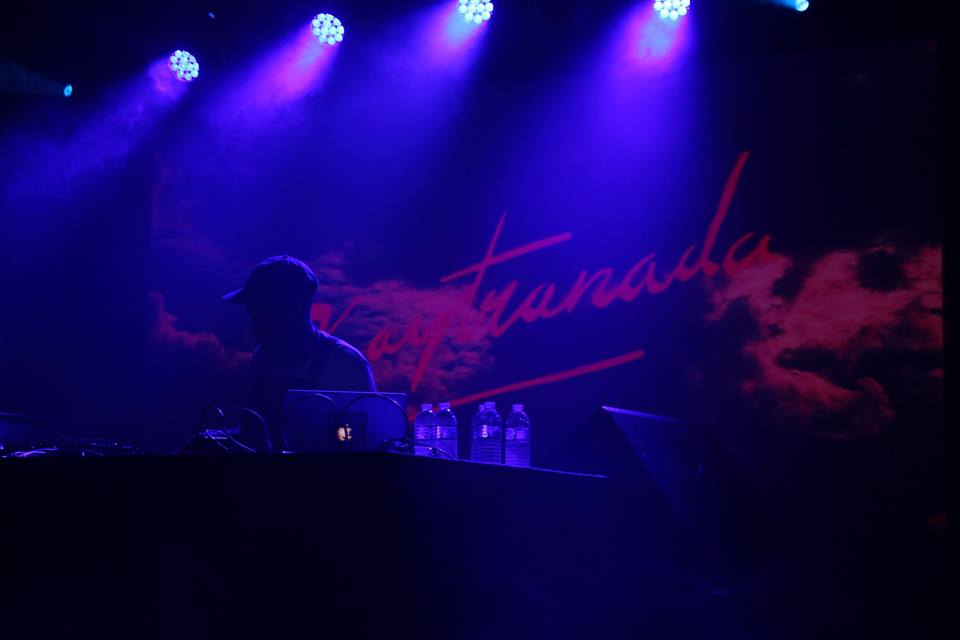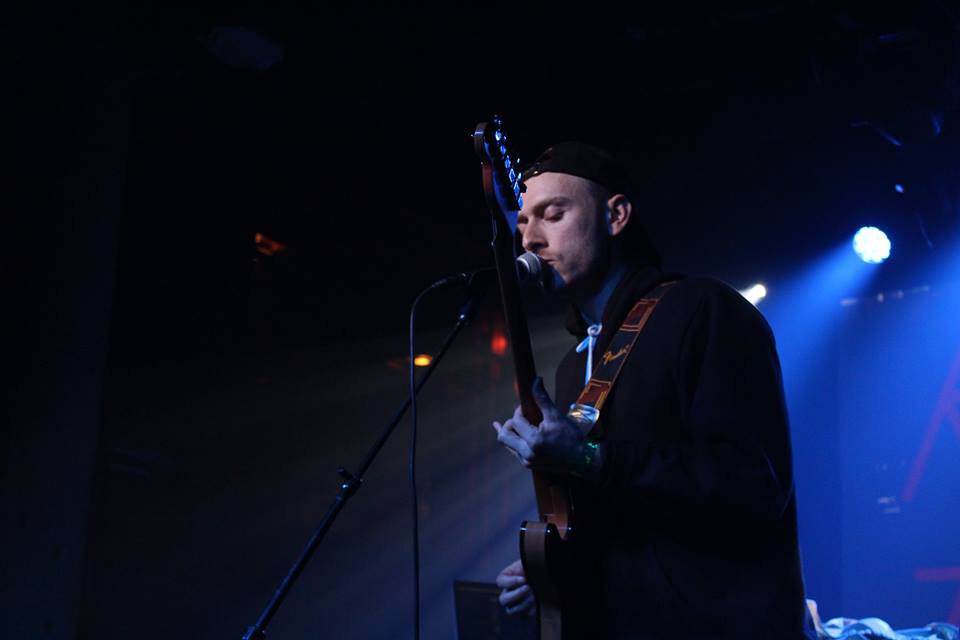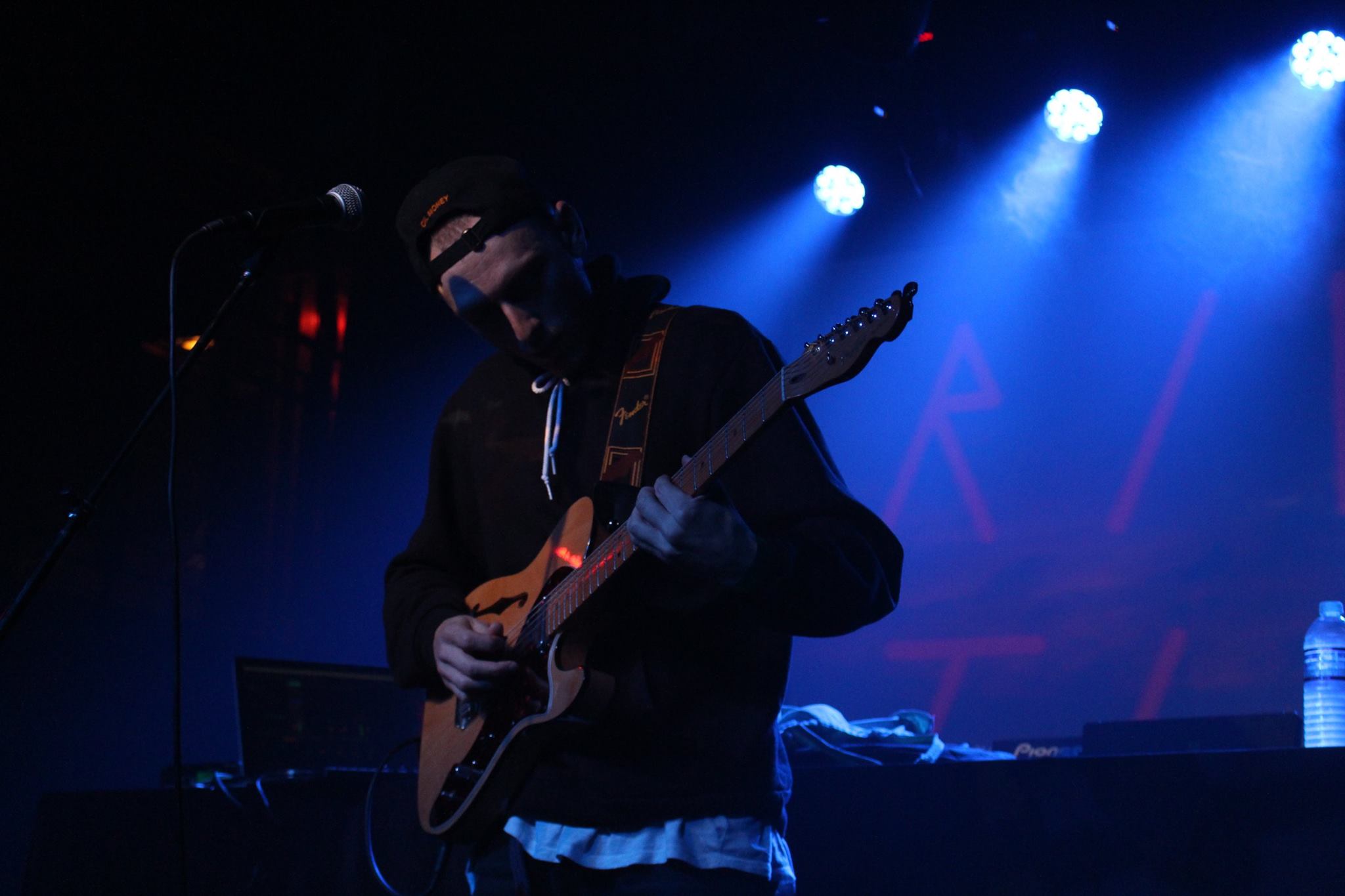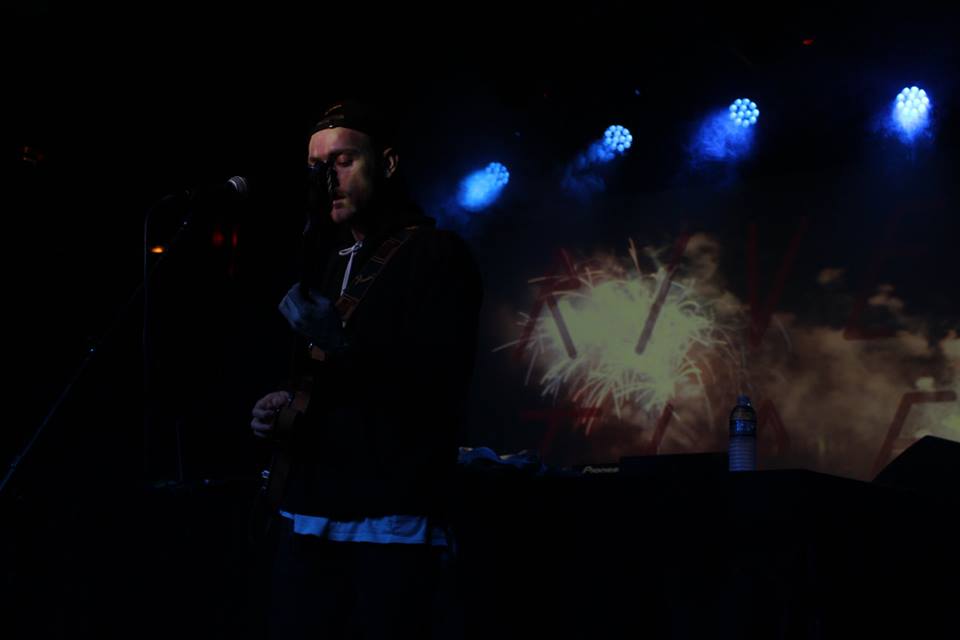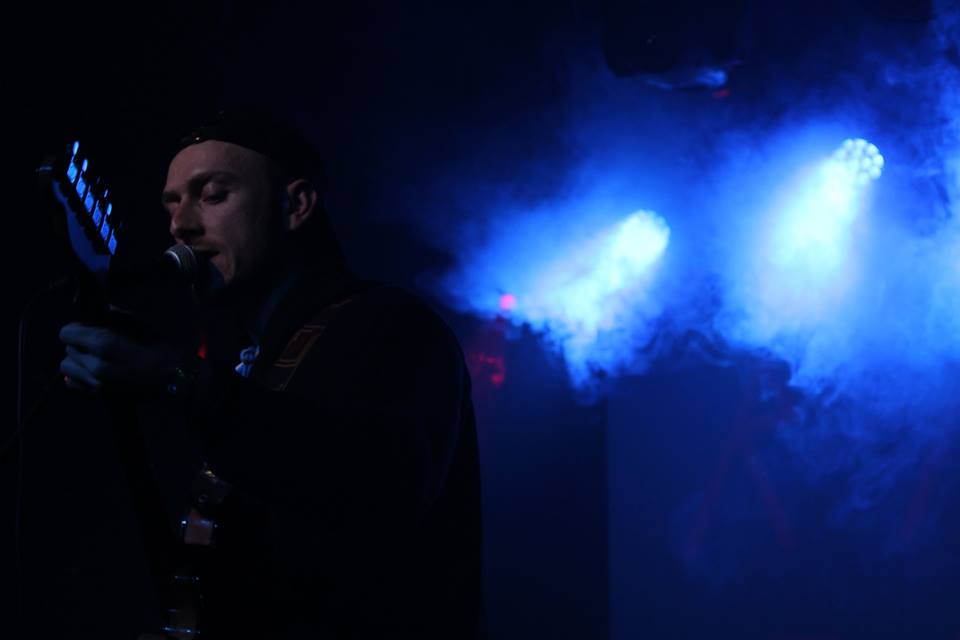Chance The Rapper rises to a new level with his mixtape: "Coloring Book"
/“I speak of wondrous unfamiliar lessons from childhood / Make you remember how to smile good / I’m pre-currency, post-language, anti-label / Pro-famous, I’m Broadway Joe Namath / Kanye’s best prodigy / He ain’t signed me but he proud of me / I got some ideas that you gotta see”
By Connor Buestad | Connor@Section925.com
The one and only time I’ve seen Chance The Rapper perform came as a complete surprise. It was at the halftime intermission of the Louder Than A Bomb (LTAB) poetry event in downtown Chicago, blocks away from where Chancelor “Chance” Bennett attended Jones College Prep. There was only time for three songs, but that was all I needed to become entrenched as a fan.
The largest youth slam poetry event in the world, LTAB attracts individuals and teams of poets from all corners of Chicago. High schoolers walk onstage at a sold-out theater every March and discuss the deepest, darkest, and most powerful emotions that their city and country can produce in a teenager. The diverse crowd hangs on every thought provoking verse. Standing ovations for the poets are the norm rather than the exception.
Surprisingly, Chance doesn’t have any LTAB hardware to his name, but he still found his way on the main stage as a 21-year-old adult. Equipped with his signature smile, the beaming ball of energy delighted the youthful poetry fans at the Arie Crown Theater when he revealed himself as the night’s special guest. Chicagoans reacted swiftly, flooding the aisles with their phones ready to record, jockeying for the best position to see their youthful city hero drop some poetic lines of his own. Not surprisingly, the high school contestants didn't seem to mind him stealing the show.
True to form, Chance mixed energy, positivity, and fun/catchy lyrics to give the crowd something meaningful to latch onto. With various areas of Chicago beleaguered by guns, drugs, and overall strife, Chance seemed to know full well that his city needed his positive vibes, and he was there to deliver.
--
(photo by Dave Kotinsky)
Chance The Rapper released his third mixtape on Friday, May 13, titled Coloring Book. The working title of the 14 song mixtape was Chance 3 (hence the album cover), but in the 11th hour, his fans were presented with a coloring book instead, and a lovely one at that.
Highly regarded by the hip-hop community and beyond, Coloring Book is already being talked about as a classic. Drake, Kanye West and Kendrick Lamar have all gotten their just do as of late, and rightfully so, but with Coloring Book, Chance seems to have a place at the table as well when you speak about modern hip-hop artists. Industry titans Kanye West, Lil Wayne, Justin Bieber, Future, and Jay Electronica all cut out time to rap with Chance on this mixtape, not to mention the Chicago’s Children Choir, featured on the lead-off track “All We Got."
Pretty impressive stuff, when you consider Chance is still just a 23-year-old who doesn’t have a record deal and who lets his music play for free on the internet. His distinctive voice can be found on various other records across the industry as well, including Kanye’s February Life of Pablo album. His ability to seamlessly collaborate with so many other artists has, and will continue to pay off handsomely for him and his fans.
Coloring Book comes on the heels of Chance’s first two mixtapes, his debut, 10 Day, was released back in 2012 while Acid Rap came a year later in 2013. The inspiration for 10 Day grew out of a 10-day suspension that “Little Chano” received for marijuana possession during his senior year at Jones College Prep (a selective enrollment Chicago Public School located downtown). As legend has it, Chance’s time off from school proved productive as it gave him time to create 10 Day, effectively putting his musical career in motion. Songs like “Nostalgia” and “Brain Cells” have a melancholy way of drawing you in and keeping you there; all the while interested in what the 19-year-old has to say about the world surrounding him.
Acid Rap, released in 2013, was the mixtape that made people really take notice of Chance, featuring song after song of raw talent and energy that makes it hard not to keep listening. "Paranoia," “Pusha Man,” “Acid Rain,” “Smoke Again,” and “Everybody’s Something” were just some of the songs that made a huge impression. Despite it being free, it still rose to no. 63 on Billboard’s Top R&B/Hip-Hop Albums chart after being sold by unauthorized retailers.
Coloring Book, at least after a weekend of listening, looks to be Chance’s most complete effort to date. The mixtape starts off with “All We Got,” a thrilling intro that gets one locked in to listen to an hour of Chance dropping bars. “And we back, and we back, and we back,” proclaims Chance. “This ain’t no intro, this the entree,” he assures us. Chance raps about his girlfriend (the mother of his first and only child) as well as other topics. He also let’s Chicago’s finest, Kanye West do his thing, not to mention the Chicago Children’s Choir. Overall, it’s a great way to draw one into a mixtape.
On the second track, “No Problem,” Chance welcomes Lil Wayne and 2 Chainz into the fold, and neither disappoint. It’s the type of song that makes you want to blast it as loud as possible on the freeway with the windows down, without a care in the world. The song makes reference to the record labels that Chance has kept at a distance. “Countin’ Benji’s while we meetin’, make ‘em shake my other hand,” he shouts. As expected, Lil Wayne’s appearance is a head-turner. “Half a milli’ in the safe, another in the pillowcase, codeine got me movin’ slower than a caterpillar race,” sings Wayne.
“Summer Friends” is the third song, and has a sound that reminds me of a Bon Iver ballad. Chance describes his life growing up on 79th street on the South Side of Chicago. He paints the picture of a more innocent time in the city, with less guns and stronger family ties. “79th street was America then / Ice cream truck and the beauty supply / Blockbuster movies and Harold’s again / We still catching lightning bugs when the plague hit the backyard.”
Coloring Book's seventh song, titled “Mix Tape” has the most catchy beat on the compilation. “Am I the only nigga still care about mixtapes?” asks Chance alongside Atlanta’s Young Thug. The defiant lyrics, once again challenging the setup of today's music industry, will keep your head bobbing throughout.
Buy this art print by Tyler Powers here
“Mix Tape” gives way to the single of Chance’s third release. “Angels” comes at you with an incredibly catchy, fast-moving beat, with lyrics that keep you engaged throughout. Chance speaks about the city that he’s from and what it means to him. “I got a city doing front flips / When every father, mayor, rapper jump ship / I guess that’s why they call it where I stay / Clean up the streets, so my daughter can have somewhere to play,” he demands.
It is interesting to hear Chance mention the Mayor’s office here. Mayor Rahm Emanuel (Obama’s former right hand man) has recently fired Chicago’s police chief over the Laquan McDonald tragedy. Moreover, Chance’s father, Ken Bennett, currently serves as Mayor Emanuel’s chief of staff.
“Smoke Break,” the mixtape’s 12th song, features perhaps the hottest rapper on the market, Future. The sound on this track is immaculate and was produced by UC Berkeley grad Garren Langford while he was simultaneously finishing his senior year as a Golden Bear.
The 14th and final song is "Blessings (reprise)." "Blessings" is also the fifth track, but the reprise is something else. The song is beautiful on many levels, from the sound, to the rhythm, to the lyrics. Chance paints the following picture in the opening verse, “I speak of promised lands / Soil as soft as momma’s hands / Running water, standing still / Endless fields of daffodils and chamomile.” Chance continues on, recounting his rise to stardom and his passion for his craft. “I used to dance to Michael, I used to dance in high school / I used to pass out music, I still pass out music / The people’s champ must be everything the people can’t be.” Finally, Chance finishes his best work yet with the following questions, “Are you ready for your blessings? Are you ready for your miracle?”
In a mixtape lasting less than an hour, Chance The Rapper has put out a piece of art that will be appreciated for quite sometime, both by his home city of Chicago and hip-hop fans from coast to coast. Chance has arrived as a major player in the rap game and with his youthful energy and obvious talent, it looks like he’s here to stay. On Sunday, August 7th, San Francisco will host him in Golden Gate Park. The Bay Area will be hanging on his every word.


